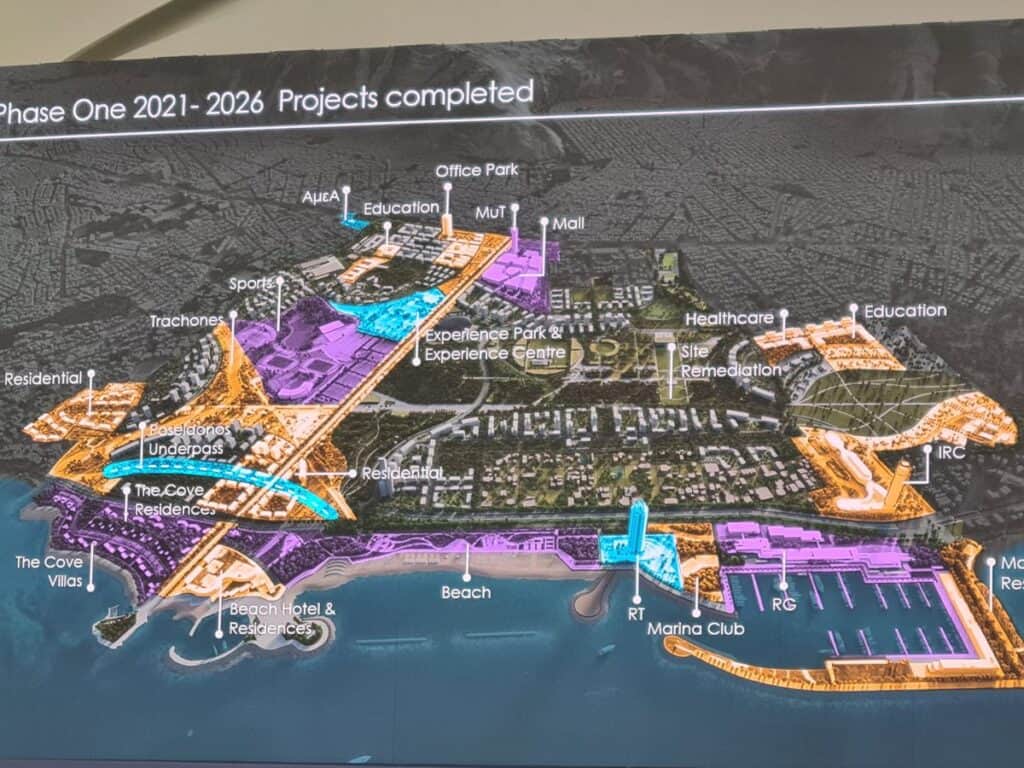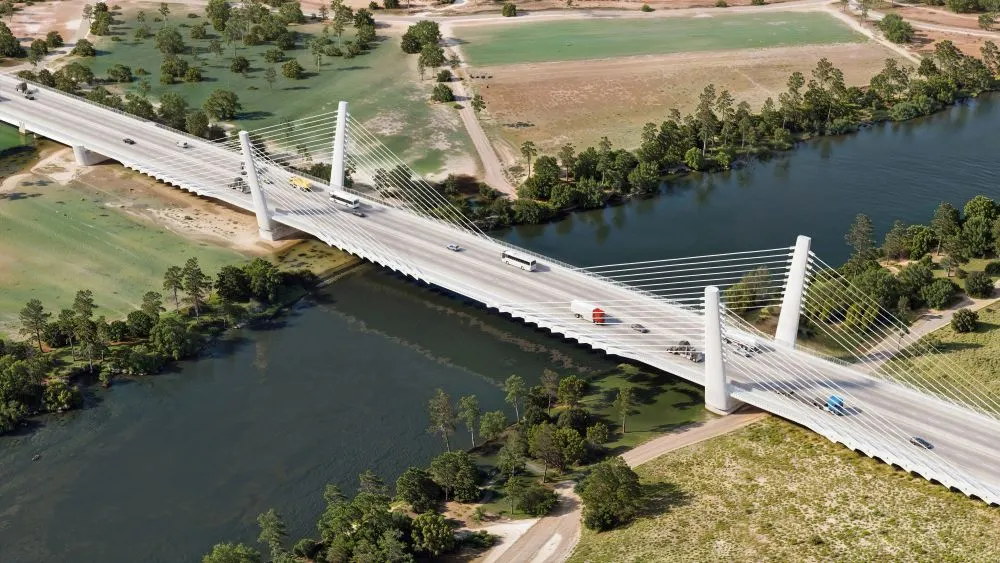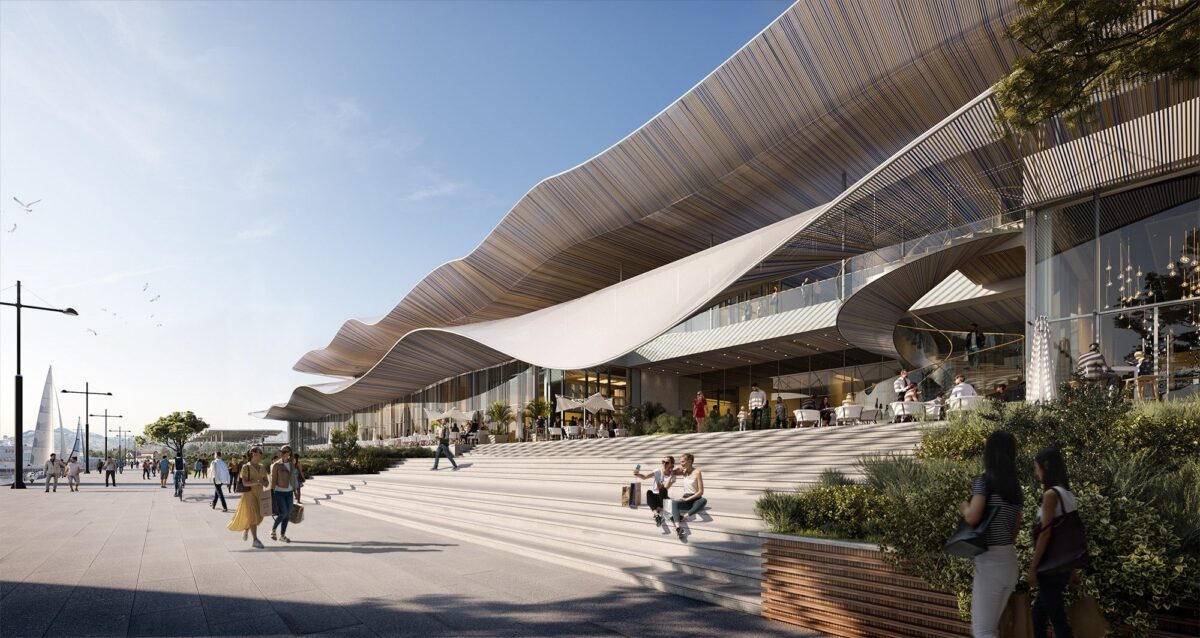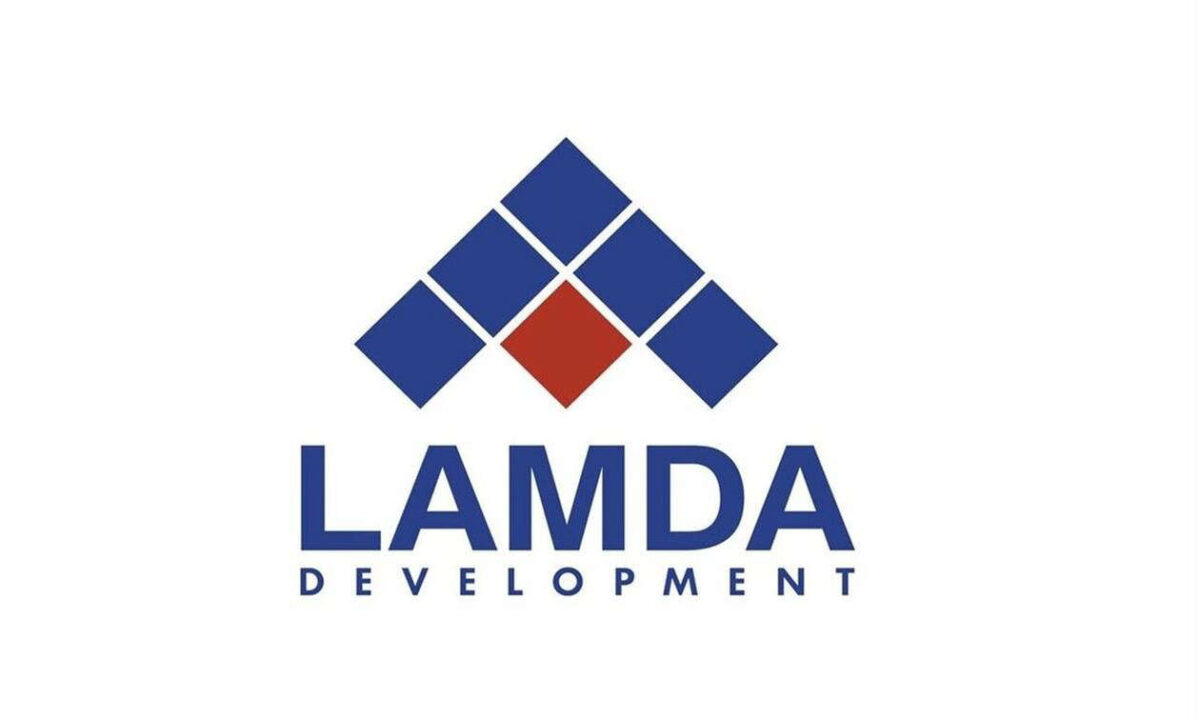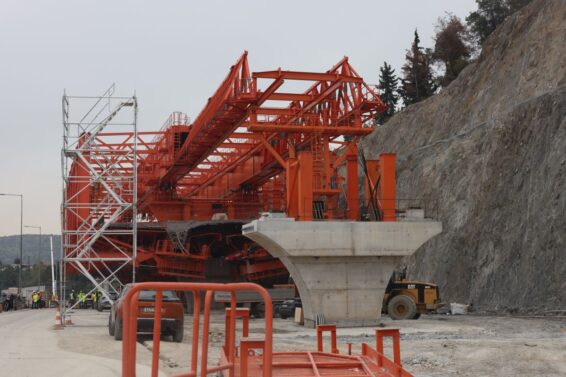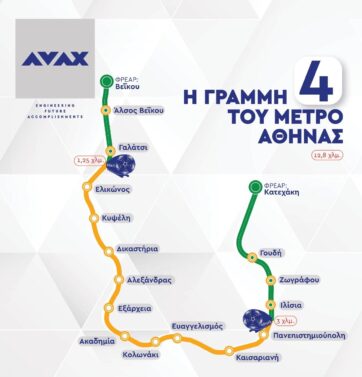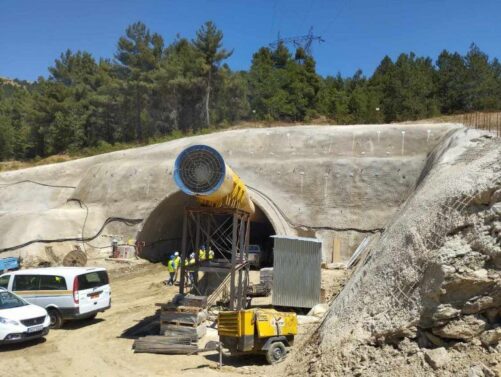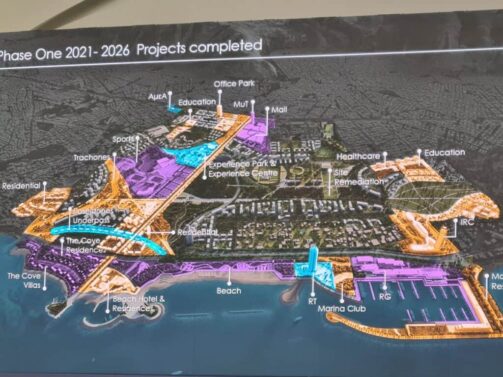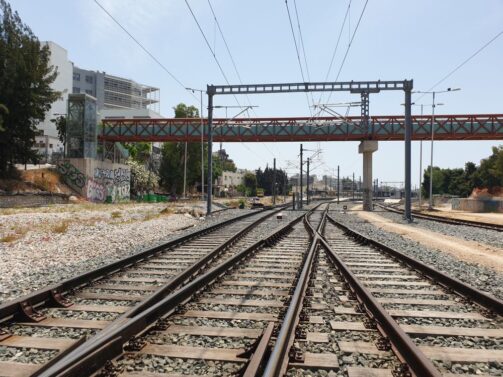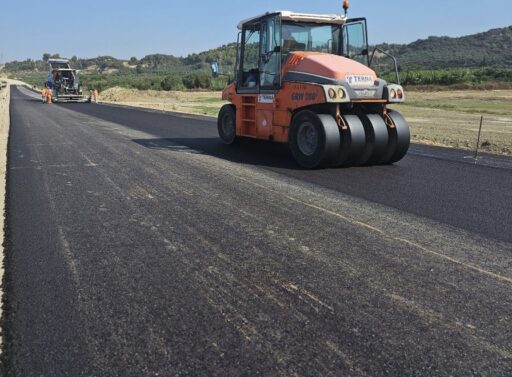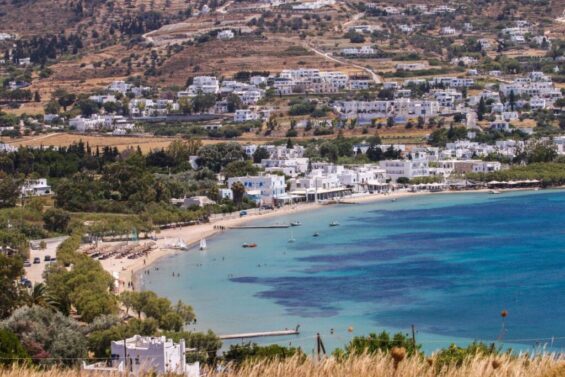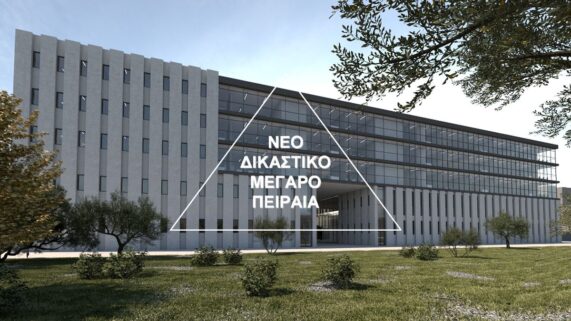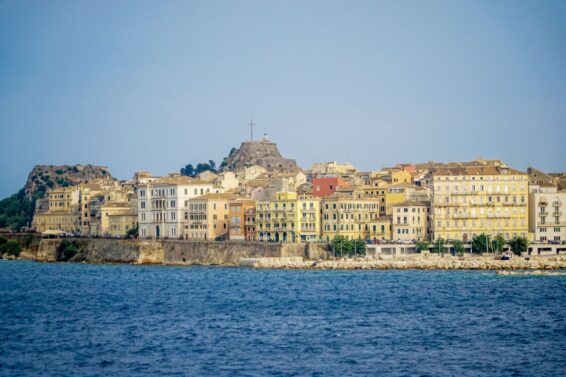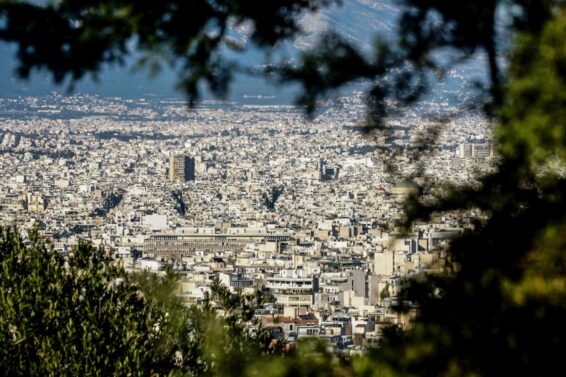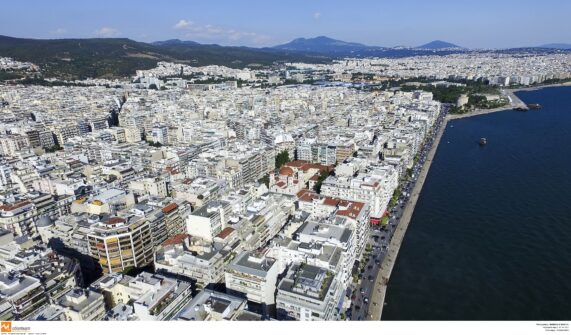In 17 minutes, someone will be able to travel the 13-kilometer distance from the New Railway Station to Nea Elvetia on the Thessaloniki Metro. Currently, such a time is achievable only in …August or during certain late-night hours, and even then under favorable conditions.
The operation of the Metro will take the city to a whole new level in terms of transportation. Similar to Athens, the ability to travel regardless of weather or traffic conditions on the surface will transform the daily life of the city.
For example, someone living in the Voulgari area will be able to reach the Venizelos station in approximately 12 minutes—a time that, especially during peak hours today, borders on science fiction.
In 5 days, the Thessaloniki Metro will become a reality for the city, and preparations are in full swing at the Ministry of Infrastructure and Transport as well as at Elliniko Metro. The country’s second Metro system will begin operations immediately after the inauguration ceremony, scheduled for next Saturday at 12 noon.
As the Minister of Infrastructure and Transport, Christos Staikouras, mentioned in a televised appearance yesterday, the first day of operation will be free for passengers. Additionally, in coordination with Prime Minister Kyriakos Mitsotakis, it will be decided exactly how long the free transportation period will last.
The cost of traveling on the Metro will be 60 euro cents, with a duration of 1 hour and 10 minutes. Similarly, the bus ticket for OASTH will also cost 60 cents and have the same duration. Initially, the two modes of transport will operate with separate tickets, but in the future, a unified fare system will be introduced. Metro tickets can be purchased by passengers from electronic machines located inside the stations.
Schedules and Stations
Initially, as recently stated by the Deputy Minister of Infrastructure, Nikos Tachiaos, the schedules during peak hours will have a frequency of every 3.5 minutes. In the future, with the addition of the Kalamaria extension and 15 additional trains, this frequency could reach as low as 90 seconds.
The Thessaloniki Metro can serve 254,000 passengers daily or 18,000 passengers per hour, with driverless trains controlled automatically from the Control Center located at the Pylea Depot. Each train can accommodate up to 465 passengers (seated and standing). Naturally, the trains are equipped with air conditioning and public information screens.
Passengers with bicycles will be allowed to bring them onto the Metro—up to two bicycles are permitted at the rear of each train car. Pet owners can also travel with their animals, provided they are carried in commercially available carriers or bags.
At station entrances, there will be entry-exit gates (similar to those in Athens). Access to the platform will be possible via consecutive escalators or elevators.
All Thessaloniki Metro stations feature a central platform, with trains stopping on either side of the platform. In Athens, similar station designs can be found at Agios Dimitrios on Line 2, Aigaleo and Ethniki Amyna on Line 3, and Tavros on Line 1.
The 13 stations are: New Railway Station, Dimokratias, Venizelos, Agia Sofia, Sintrivani, Panepistimio, Papafi, Efklidis, Fleming, Analipsi, 25th Martiou, Voulgari, and Nea Elvetia. At the terminal stations, there will be bus lines to facilitate transfers between transportation modes.
The construction work was undertaken and is now being completed by the consortium AKTOR-WEBUILD-HITACHI. Starting Saturday, the operation and maintenance of the Thessaloniki Metro will officially be managed by THEMA, a company comprising the Italian ATM and the French EGIS.
New Bus Lines
From December 1st, 13 bus routes will terminate at Thessaloniki Metro stations:
Detailed information about the new bus routes and the restructuring of existing ones will be part of the first phase of Thessaloniki’s new transportation plan.
- New Airport Connection Line:
Name: X2 “Nea Elvetia – Macedonia Airport” - New Historical Center Line
- New Line Connecting Nea Elvetia with IKEA Bus Station:
Name: No. 79X “Nea Elvetia – IKEA Bus Station”
Modification of Existing Lines
- 10 “Charilaou–N.S.S.” via the Tsimiski Street corridor.
- 11 “Pylaia–University” (connection with Sintrivani Metro Station).
- 17 “Triandria–Agia Sofia” (connection with Agia Sofia Metro Station).
- 20 “Menemeni–Ermou” (route modified to avoid the “loop” and terminate between Venizelos and Ionos Dragoumi).
- 21 “Evosmos–Ermou” (route modified to avoid the “loop” and terminate between Venizelos and Ionos Dragoumi).
- 35 “N.S. Station–Meteora” (route modified to avoid Venizelos).
- 36 “Voulgari–Innovation Zone” (route passing through Nea Elvetia, connecting Chalkidiki KTEL bus terminal and Cosmos Mall with Nea Elvetia).
- 57 “Hortiatis Junction–Asvestochori–N.S.S.” (route modified to avoid the “loop” and terminate at N.S.S.).
- 58A “Hortiatis Junction–University” (connection with Sintrivani Metro Station).
- 58B “Hortiatis Junction–Nea Elvetia” (connection with Nea Elvetia Transfer Station).
The Kalamaria Extension
By the end of 2025, as mentioned by the Minister of Infrastructure, Christos Staikouras, in the same televised appearance, the Kalamaria line will also begin operations. This extension will add 5 more stations: Kalamaria, Nomarchia, Aretsou, Nea Krini, and Mikra.
In this way, Thessaloniki will have 2 lines with 18 stations. The first 11 stations, from the New Railway Station to the 25th Martiou station, will be shared, after which the lines will branch off towards Nea Elvetia and Mikra.
In the future, the Thessaloniki Metro will gain an additional line starting in the western areas and reaching Toumba. Plans also include an extension to Macedonia Airport and another one towards Thermi.
For more details and the complete article in Greek, click here
ΜΗΝ ΞΕΧΑΣΕΤΕ
- Ακολουθήστε το ypodomes.com στο Google News και μάθετε πρώτοι όλες τις ειδήσεις για τις υποδομές στην Ελλάδα
- Αν είστε επαγγελματίας του κλάδου, ακολουθήστε μας στο LinkedIn
- Εγγραφείτε στο Ypodomes Web TV


